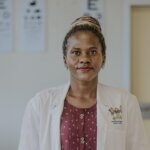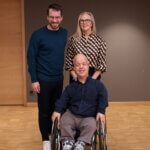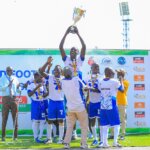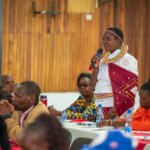- General
- Eye Health
This World Sight Day, on 9 October 2025, we shine a spotlight on four pioneering paediatric ophthalmologists in Burkina Faso, Ethiopia, Mozambique and Uganda.
A tragic case early in her career set Dr Lusobya on a lifelong mission to transform child eye care in her country.
Dr Rebecca Lusobya was a young general practitioner in a rural hospital in Uganda when she learnt the painful lesson that has never left her.
She met a one-year-old with severely protruding eyes, a symptom of the rare childhood eye cancer retinoblastoma, that neither she nor her colleagues recognised.
Without the knowledge and tools to diagnose or treat the condition, she could only watch as the child died within hours.
That day, Dr Lusobya made a vow to dedicate her career to paediatric ophthalmology, saving the sight of children and preventing such tragedies in the future.
“I still think about that child. It pushes me,” Dr Lusobya says.
“I later found out that even if I had had the knowledge, I would not have been able to save the child. But it pushed me to learn. If we better understand the symptoms of conditions, we can prevent or treat them.
“Since 2018, I’ve been committed to transforming lives, performing no fewer than 20 eye surgeries each week. I continue this mission to this day.”
‘Early detection is key’
Dr Lusobya is a paediatric ophthalmologist at Mulago National Referral Hospital in Kampala and a leading advocate for child eye health. She is also a researcher and lecturer at Makerere University, focusing on the eye health of children and premature babies.
“Early detection is key to safe eyesight,” Dr Lusobya says.
“Vision is the main portal for development. Most of the development of babies and children is through vision.”
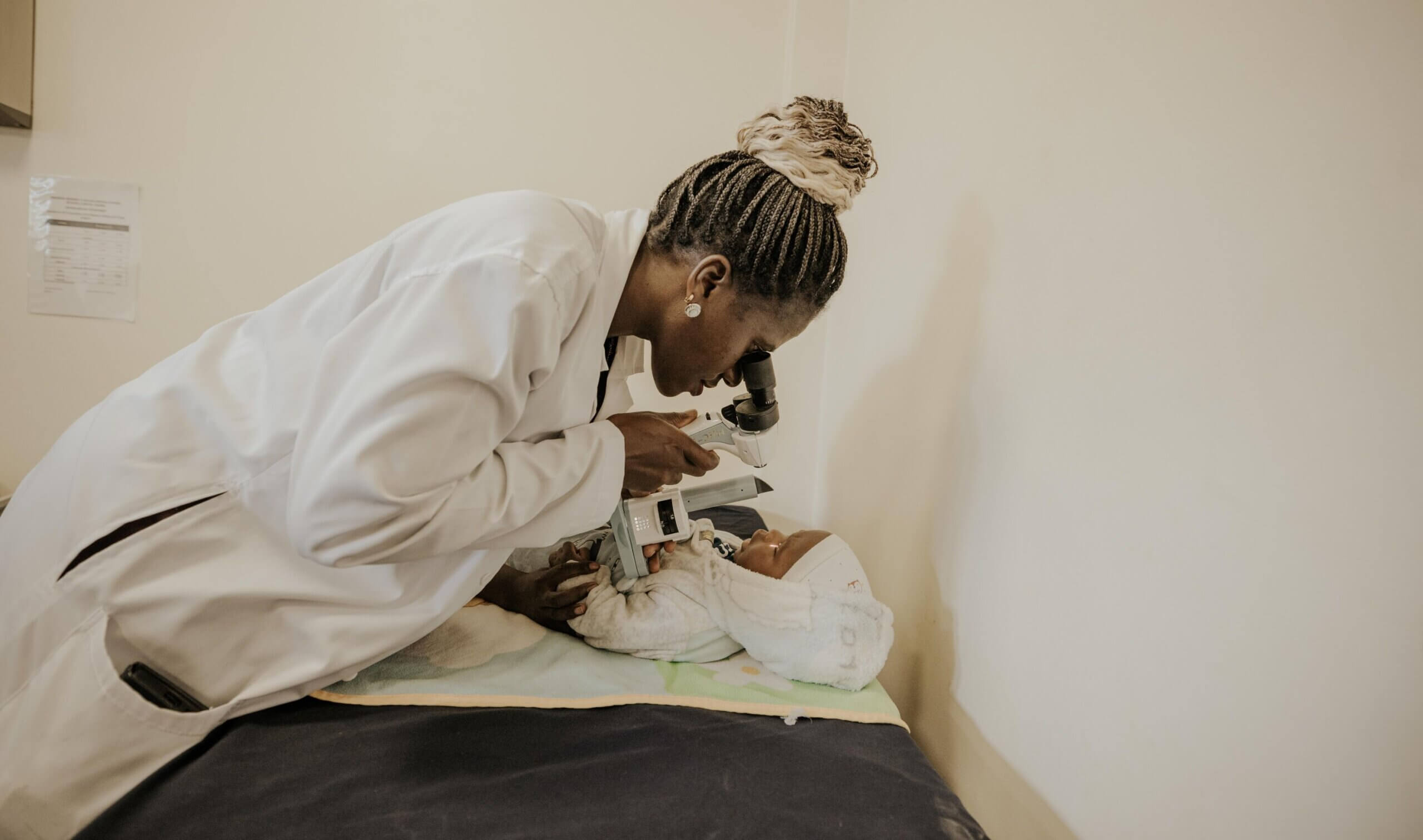
On completing her ophthalmology residency in 2018, Dr Lusobya was one of only three graduating ophthalmologists in Uganda that year.
With limited resources, the challenge to specialise in child eye health was daunting. However, she was encouraged by mentors, including Dr Geoffrey Wabulembo, Senior Expert in Eye Health at Light for the World, to pursue further training.
Progress for child eye health in Uganda
Following her research into retinopathy in premature babies, Light for the World sponsored Dr Lusobya to complete a one-year subspecialty fellowship in paediatric ophthalmology at the prestigious Aravind Eye Hospital in India.
She performed more than 100 surgeries and saw what was achievable with the right tools and systems.
Dr Lusobya’s fellowship was funded under the ”1,2,3 I Can See! programme”. The 10-year programme spans Burkina Faso, Ethiopia, Mozambique and Uganda, aiming to promote eye health in schools and reinforce healthcare systems to improve child eye health.
The programme invests in training local doctors and teachers, strengthening health systems, working with local authorities and health ministries, and building sustainable solutions.
Light for the World also works with Mulago National Referral Hospital, supporting staff training and sourcing essential equipment.
Nearly 7,000 pairs of glasses — more than half custom-made for children — were produced in Uganda under the ”1, 2, 3 I Can See! Programme” from 2021 until the end of 2024. And more than 1,800 eye health professionals, non-ophthalmic health staff, teachers and educators, and community health workers have been trained under the programme.
Nearly 420,000 schoolchildren have been screened for eye issues, and almost 110,000 children have had hospital consultations with eye health professionals.
An eye health training module for teachers has also been integrated into the national school curriculum.
Dr Lusobya regularly treats children with conditions including cataracts, glaucoma, strabismus (squints) and refractive errors.
“When you operate on a child with a condition like congenital cataracts, the next day they can be moving around and playing with more confidence,” Dr Lusobya says.
“You see the smile on their mother’s face — that is enough for me.”
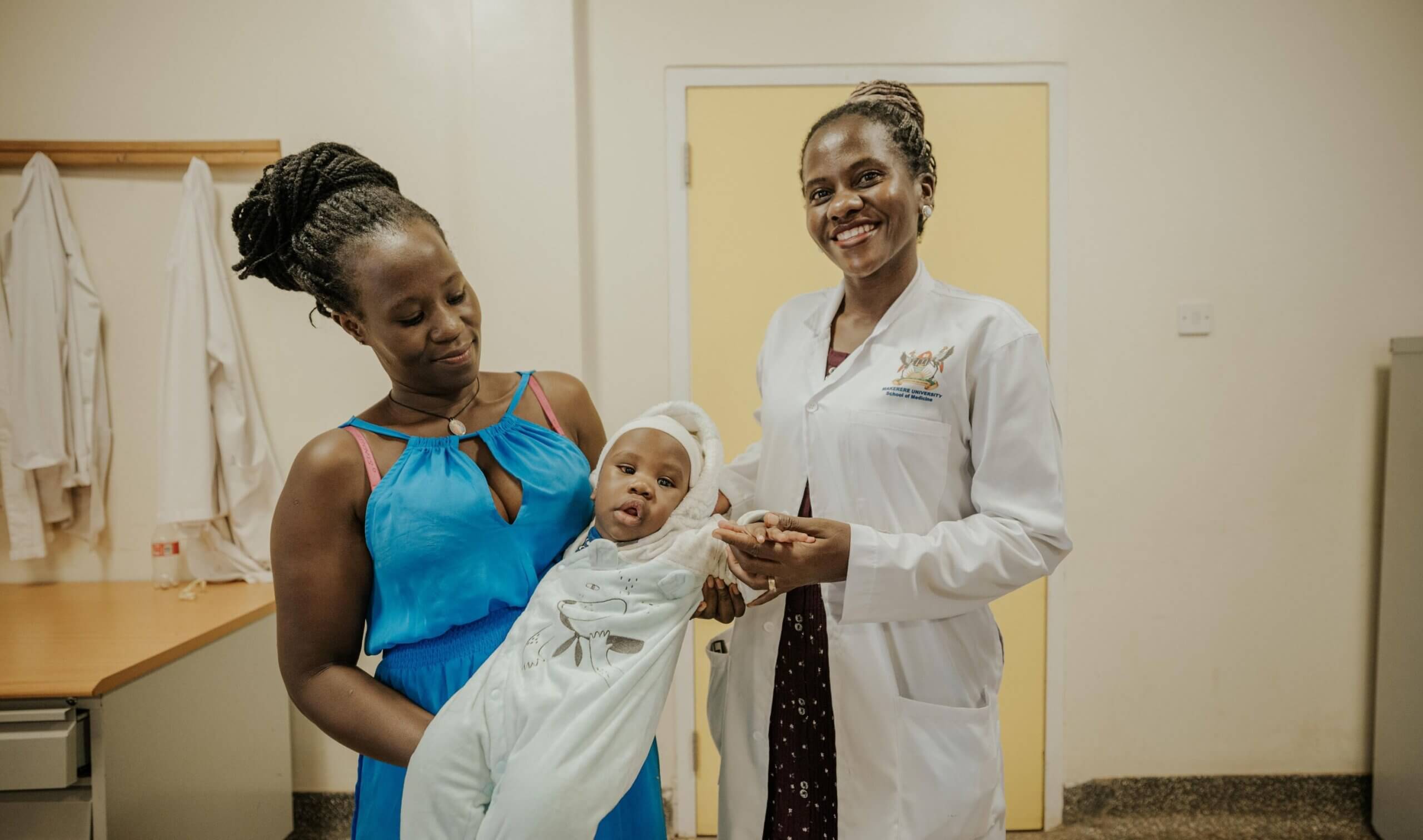
The need for funding, advocacy and equipment
While many conditions are treatable, an estimated 40% of children worldwide are blind due to eye conditions that could be managed or prevented with better access.
In Uganda, there is an urgent need to increase screening and raise awareness so communities understand that vision problems must be addressed early. Support is also needed for families who cannot afford treatment for their children.
“If someone has to travel with their child for eight hours to see me, what are the chances they have enough money for the journey and accommodation?” Dr Lusobya says.
There are only a handful of paediatric ophthalmologists in Uganda, where nearly half the 50 million population are aged 14 or under.
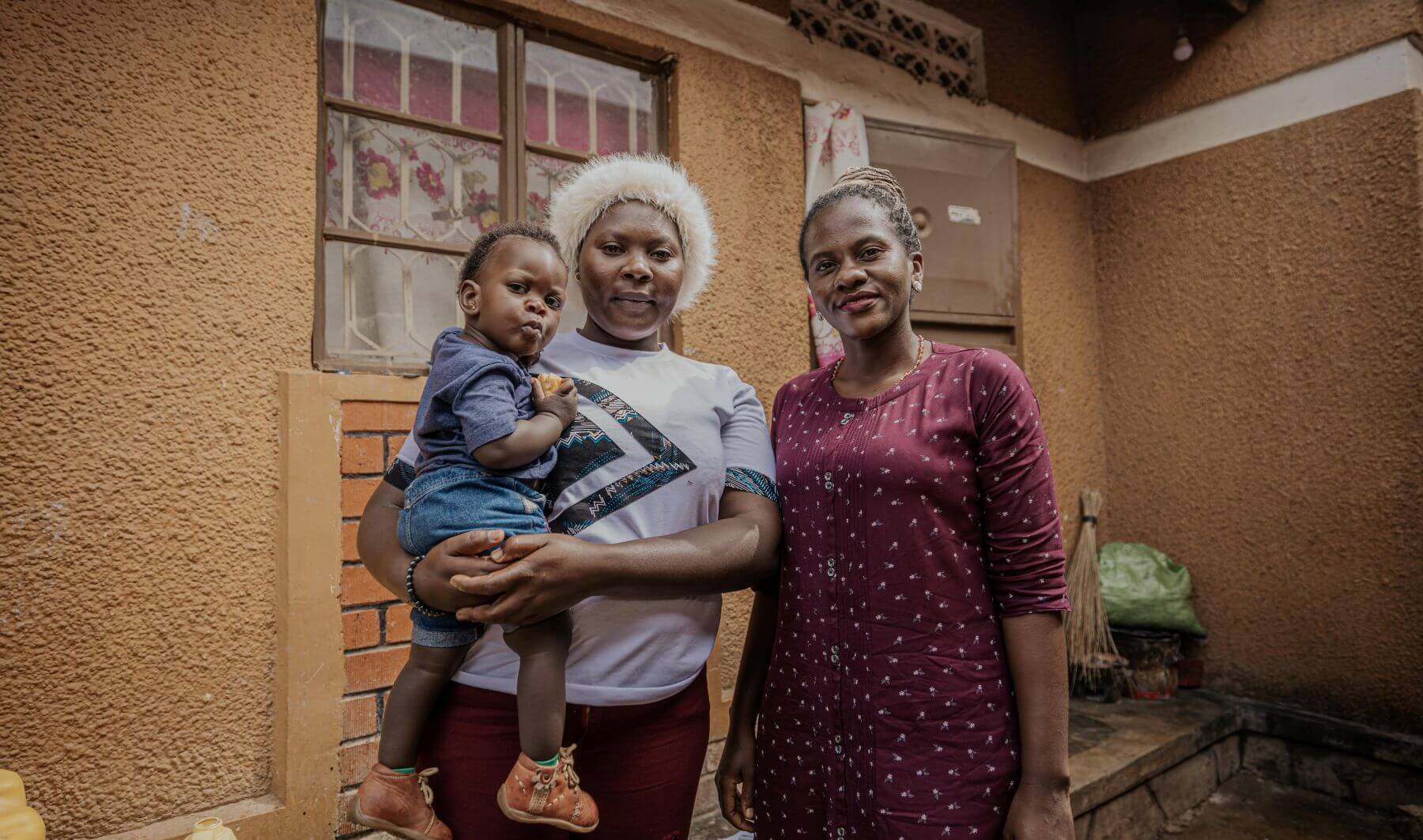
“The biggest challenges we face are the lack of equipment and eye health experts. So, there are delays in treatment,” Dr Lusobya says.
“Even at health centres with paediatric ophthalmologists, many lack the equipment to handle paediatric cases. Without equipment, even the few specialists we have are unable to treat children properly.
“We are working hard, but at the moment, child blindness is increasing in Uganda.”
The vitrectomy machine needed for child cataract surgery at a national referral hospital previously broke down, with repairs costing about €10,000.
While the hospital attempted to find the money to repair it, every week half of the children scheduled for operations missed them.
“At the end of the day, it is devastating for doctors and for the patients to have to send them back home without surgery,” Dr Lusobya says.
Motivated to make a change
Knowing that effective treatments like laser and intra-arterial chemotherapy have been developed and used for retinoblastoma keeps Dr. Lusobya motivated, even though they are not yet available in Uganda.
“Having that knowledge gives me hope that one day these treatments will reach my country. We have to lobby and push to have the best for these children,” she says.
“Real change comes not only from treating patients, but also from training the next generation of ophthalmologists and educating communities about the importance of early detection.
“My vision is clear: we need better equipment, more specialists and widespread advocacy to ensure every child and every person in Uganda gets the eye care they deserve.
“When I am faced with challenges, I go back to the reason I started — I want to make a change.”
